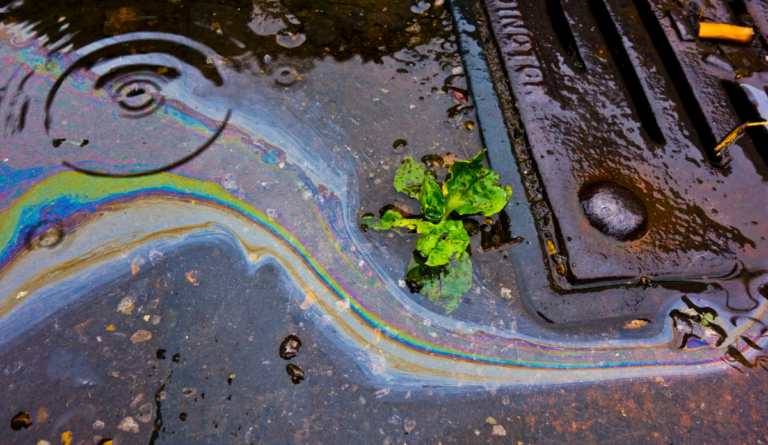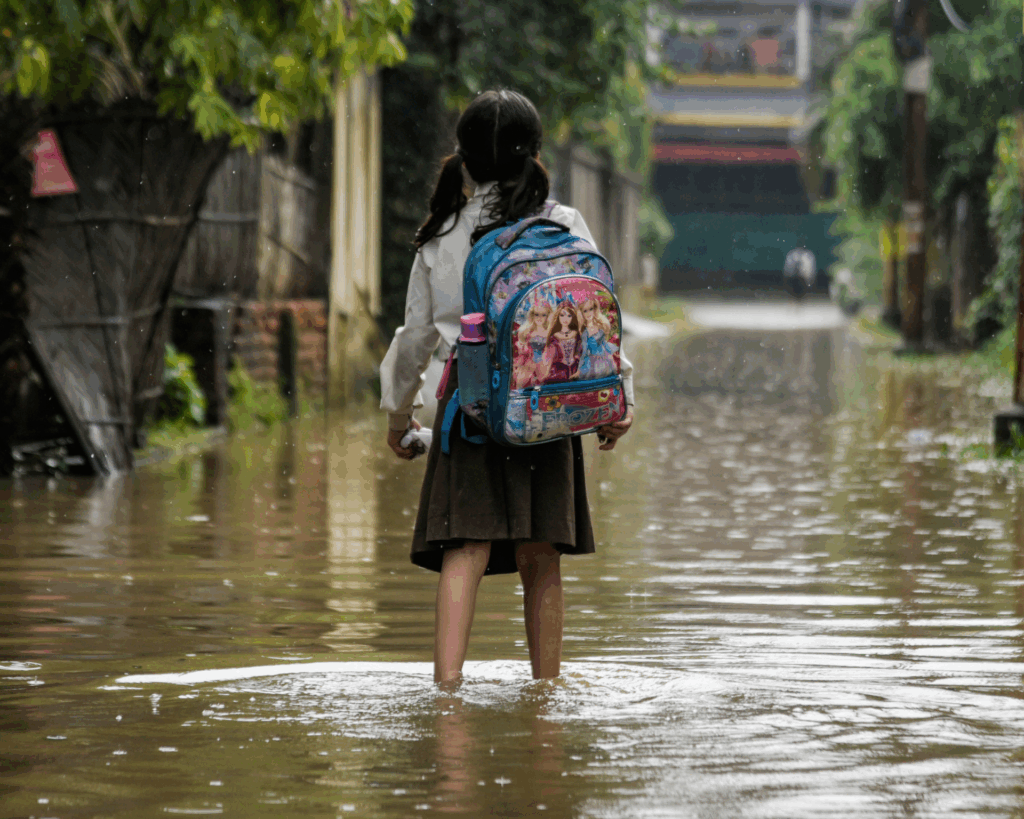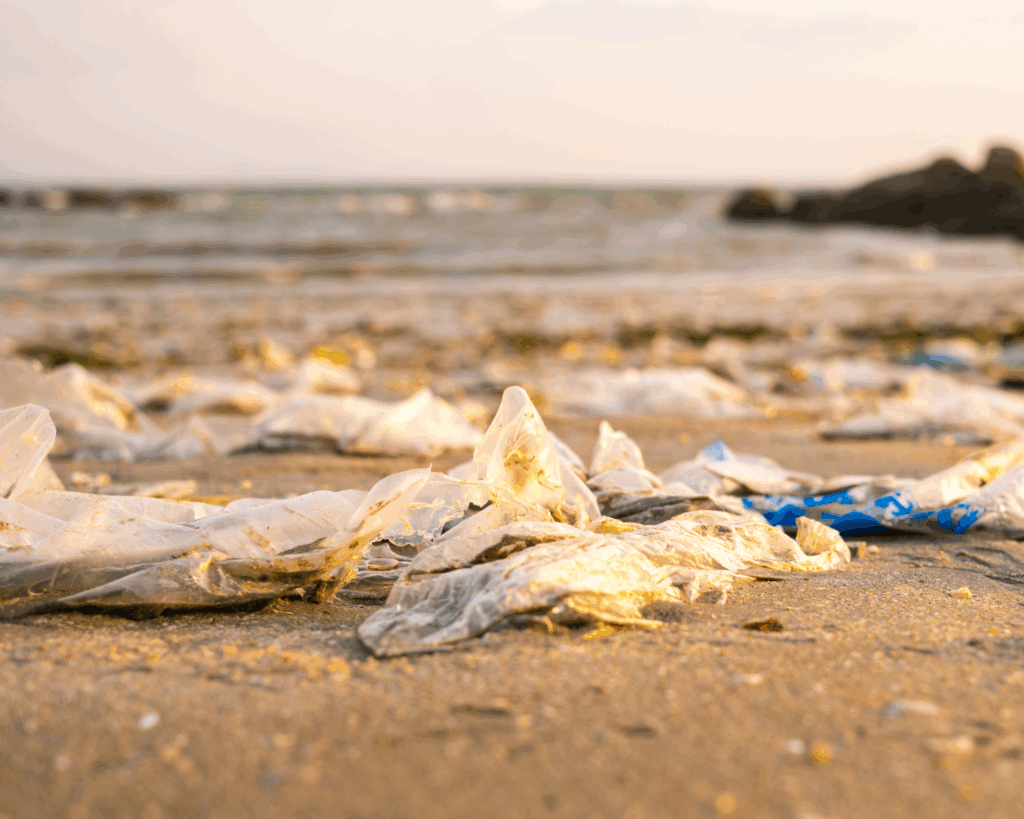Thirst Trap: Oil and Gas on Tap
A quarter of LA County’s water systems are at risk for oil and gas contamination, with historically disenfranchised communities most at risk.

Read Time: 3 minutes
Published:
The health of Los Angeles residents who rely on groundwater for their cooking, bathing, washing, and drinking, is at risk.
While most large U.S. cities have just a few drinking water providers, drinking water in LA is supplied differently. The 7 million residents of LA County receive water from 172 distinct community water systems, almost half of which rely entirely on well water.
The water flowing underground towards residents has impurities. Due to the rapid growth of U.S. oil production, the water from millions of wells is at high risk of contamination from nearby reservoirs carrying oil and gas. Dangerous compounds like benzene, toluene, lead, and methane can leak into drinking water.
In the late nineteenth century, Los Angeles became a booming oil town and remains the home of the country’s largest urban oil field. The risk of oil and gas leaks in the region is unusually high because of the sheer number of oil rigs and reservoirs. Currently, there are around 20,000 oil reservoirs, some active, others idle or abandoned.
Alique Berberian and colleagues evaluated the risk that drinking water in Los Angeles County could be contaminated, based on proximity to underground oil and gas. They identified at-risk community water systems as those within one kilometer of an oil or gas reservoir using data from the California Department of Conservation Geologic Energy Management Division and California State Water Resources Control Board. They also analyzed the social and economic characteristics of the communities in the areas surrounding groundwater sources using data from the 2013-2017 American Community Survey.
The shift in policy was prompted by growing health problems, but the lengthy timeline means that LA residents face 20 more years of water contamination.
A quarter of LA County’s 172 community water systems are at risk for oil and gas contamination. Areas where most residents are Hispanic, Black, and Asian/Pacific Islander are most likely to rely on water sources that are at risk of contamination from a nearby oil or gas field. Residents with low median incomes, those living in non-English speaking households, and those living in previously redlined neighborhoods, were also more likely to rely on the water from at-risk wells.
Residents living close to oil and gas reservoirs often suffer from exposure-related health issues. After regularly inhaling pollutants released into the air during extraction, residents can experience wheezing, eye and nose irritation, sore throats, and lower lung function. After drinking well water that has been infiltrated by benzene and toluene, residents may vomit, become dizzy, experience anemia, or even suffer from convulsions.
Water scarcity is increasing across the western United States. Rising temperatures and changing rainfall patterns are straining water resources, especially in dry states like California, Nevada, and Arizona. As a result, the number of Americans who rely on groundwater for their basic needs is expected to grow. Safeguarding the quality and safety of groundwater will become increasingly critical to achieving California’s goal of ensuring access to safe and affordable water as a human right.
The County and City of LA have recently passed ordinances to ban new oil and gas extraction projects and will phase out existing reservoirs over the next two decades. The shift in policy was prompted by growing health problems, but the lengthy timeline means that LA residents face 20 more years of water contamination. The authors recommend that officials prioritize closing wells in communities of color disproportionately impacted by fossil fuel extraction during the phase-out process.
Photo via Getty Images



